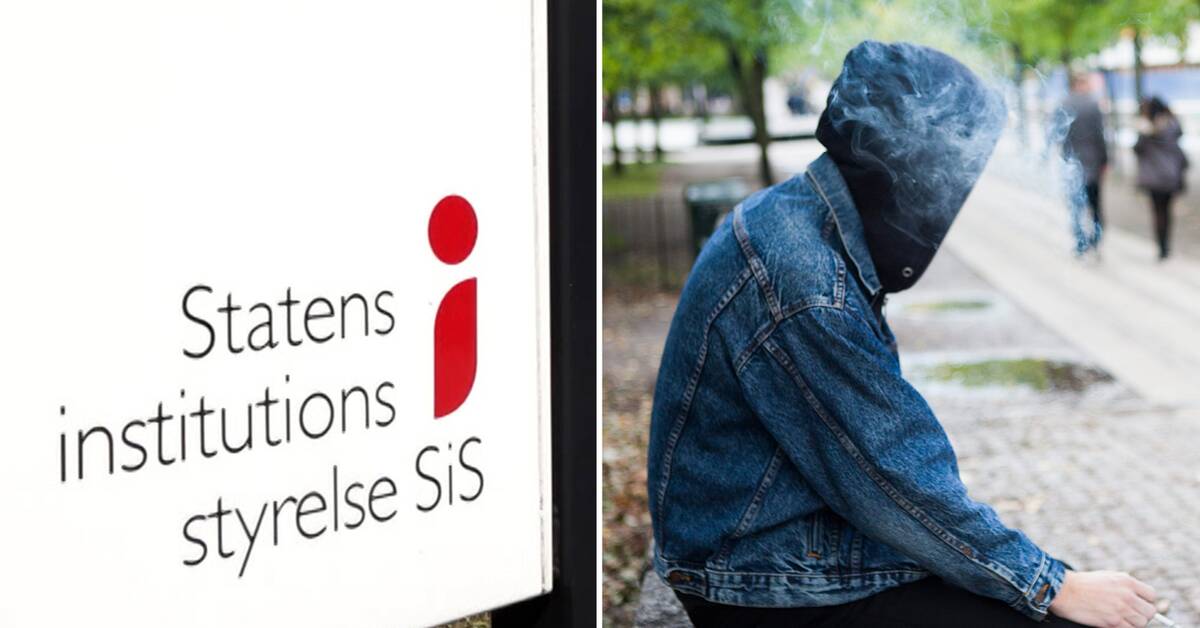This summer, the social services raised the alarm that due to a lack of places, criminal youths are placed in HVB homes, despite the fact that they should actually be placed in Sis homes (the state's institution board's youth home).
The line was so long that Sis got up in staff position.
During the autumn, the situation seemed to lighten up and Sis announced that the queues had shortened considerably, as a result of working actively to recruit and train staff.
Before Christmas, however, the queues have once again grown like an avalanche and now around 60 young people live without placement.
The situation is worst for girls who are obliged to attend school.
- There is a lot of self-harm and psychiatric problems.
I can also think that we would be more social actors who need to work together to solve this difficulty, says Malin Östling, director of operations for Si's youth care south.
"One of our students could die at any moment"
In the Stockholm area, many of the girls who currently lack housing are around 13 years old and suffer from serious substance abuse problems.
Many are homeless.
Sis has the only places in Sweden where a young person can be locked up, apart from child and youth psychiatry's inpatient care.
A source who works at a school in Sweden tells SVT that the concern at the concerned school and social services is so high that it is feared that some of the young people who are not given a place may die - or kill someone else.
- One of our students can die at any time.
Sis has a queue, but constantly reprioritizes.
Social services call them once a week and each time something happens to the young person to influence the priority.
Nevertheless, he is de-prioritised in Si's queue, says the source to SVT.
Longer queue times than last year
Sis cannot comment on individual cases but states that in some cases you need to make assessments based on "how big the needs are".
On average, placement times are around seven weeks – a significant increase compared to the previous year, according to Östling.
- There are many people with great needs for whom social services find it difficult to find alternative forms of care.
It is clear that they would not need to be locked up in the first place, but that they would need a lot of resources in other ways, she says.
Watch Malin Östling explain what the lack of space is due to in the video above.

